Nutrition for Sport And Exercise 2nd Edition by Marie Dunford – Test Bank
Test Bank for Nutrition for Sport & Exercise 2e
Chapter 5 – Proteins
Learning Objectives
1. Describe amino acids and how the structure of a protein affects its function.
2. Describe the digestion, absorption, transportation, and metabolism of amino acids.
3. Describe when and how the body uses protein to fuel exercise.
4. Explain the role of protein in the immune system and how endurance exercise can affect its function.
5. State protein recommendations for athletes and the effects of high and low protein and/or energy intakes on training, performance, and health.
6. Explain the physiological basis for recommendations related to amount and timing of protein intake before, during, and after exercise.
7. Identify sources of dietary protein.
8. Assess an athlete’s dietary protein intake.
9. Evaluate dietary supplements containing amino acids and proteins for safety, effectiveness, and purity.
Question Information Key
ANS = correct answer REF = page reference
DIF = question classification OBJ = learning objective
Multiple Choice
1. The basic component of all proteins is:
a. creatine.
b. amino acids.
c. purines.
d. glucose.
ANS: b DIF: Recall REF: 152 OBJ: 5.1
2. The chemical composition of proteins differs from carbohydrate or fat because of the presence of:
a. sodium.
b. carbon.
c. nitrogen.
d. hydrogen.
ANS: c DIF: Recall REF: 153 OBJ: 5.1
3. Amino acids that can be manufactured by the body are best described as:
a. essential.
b. dispensable.
c. indispensable.
d. complete.
ANS: b DIF: Recall REF: 153 OBJ: 5.1
4. How does an indispensable amino acid differ from an essential amino acid?
a. Caloric content
b. Nitrogen content
c. Rate of absorption
d. No difference other than terminology
ANS: d DIF: Comprehension REF: 153 OBJ: 5.1
5. Which athlete is most likely to be at risk for low protein intake?
a. Male recreational athlete
b. Female body builder
c. Athlete in a “stop and go” sport
d. Athlete with disordered eating
ANS: d DIF: Comprehension REF: 153 OBJ: 5.5
6. The factors that determine protein quality include:
a. amount and rate of absorption.
b. rate and degree of metabolism/oxidation.
c. amount and type of amino acids.
d. digestibility and rate of turnover.
ANS: c DIF: Comprehension REF: 153-154 OBJ: 5.1
7. A food protein that contains all of the indispensable amino acids in the proper amounts and proportions to support growth is termed a(n):
a. complete protein.
b. complementary protein.
c. incomplete protein.
d. indispensable protein.
ANS: a DIF: Recall REF: 154-155 OBJ: 5.1
8. Which of the following is an example of a complete protein?
a. Egg whites
b. Legumes
c. Whole grains
d. Vegetables
ANS: a DIF: Recall REF: 156 OBJ: 5.1
9. The primary (1st level) structure of the protein determines its:
a. function.
b. shape.
c. rigidity or stability.
d. ability to bind with other compounds.
ANS: a DIF: Recall REF: 157 OBJ: 5.1
10. Absorption of food proteins takes place primarily in the:
a. stomach and jejunum.
b. jejunum and ileum.
c. ileum and colon.
d. colon and rectum.
ANS: b DIF: Recall REF: 159 OBJ: 5.2
11. The amino acids that are most rapidly absorbed from the intestine are:
a. dispensable amino acids.
b. indispensable amino acids.
c. dietary supplements containing pre-digested proteins.
d. dietary supplements containing casein.
ANS: b DIF: Recall/comprehension REF: 160 OBJ: 5.2
12. On a protein supplement label, what does the term pre-digested mean?
a. A carrier is not needed for absorption
b. Absorption will be faster when compared to food proteins
c. Proteins have been exposed to enzymes during processing
d. Caloric content is lower than food proteins
ANS: c DIF: Recall REF: 160 OBJ: 5.2|5.9
13. The organ considered the clearinghouse for most amino acids is the:
a. liver.
b. kidney.
c. heart.
d. brain.
ANS: a DIF: Recall REF: 160 OBJ: 5.2
14. What is the amino acid pool?
a. Total amount of amino acids in the body
b. Total amount of amino acids in the skeletal muscles
c. Amino acids recently absorbed that are in need of transport
d. Amino acids circulating in the blood or fluid between cells
ANS: d DIF: Comprehension REF: 160 OBJ: 5.2
15. Which amino acid is found in the greatest concentration in the amino acid pool?
a. Alanine
b. Glutamine
c. Leucine
d. No one amino acid predominates
ANS: b DIF: Recall REF: 160 OBJ: 5.2

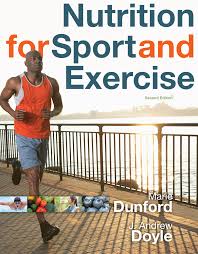
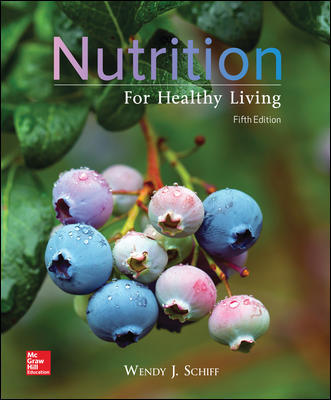




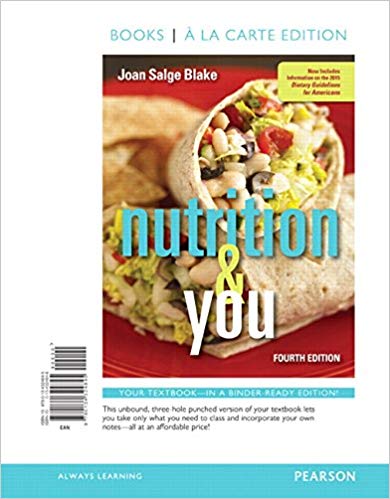
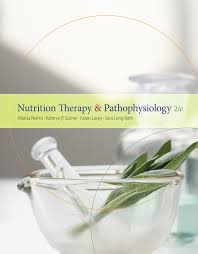
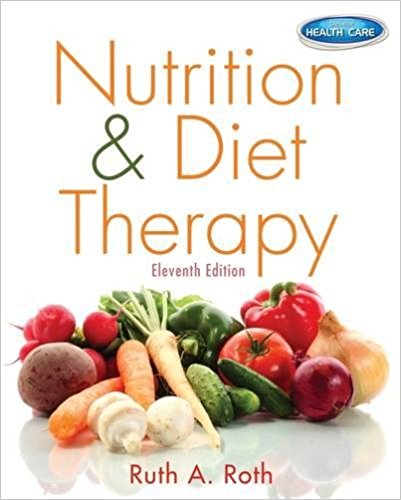

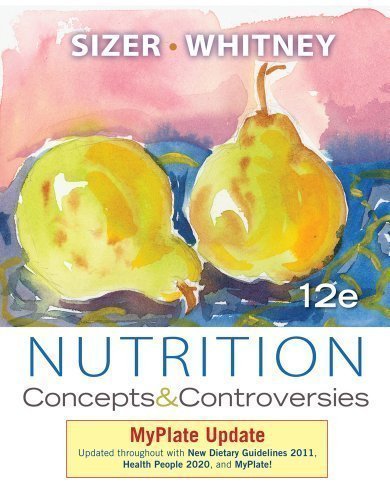

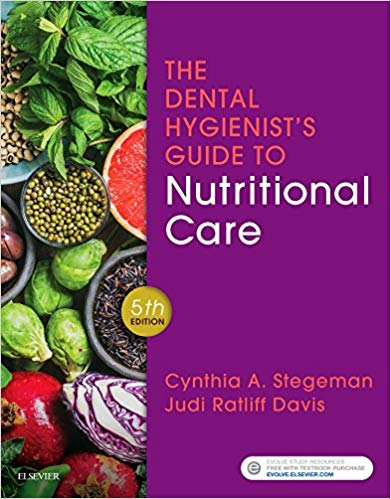
Reviews
There are no reviews yet.